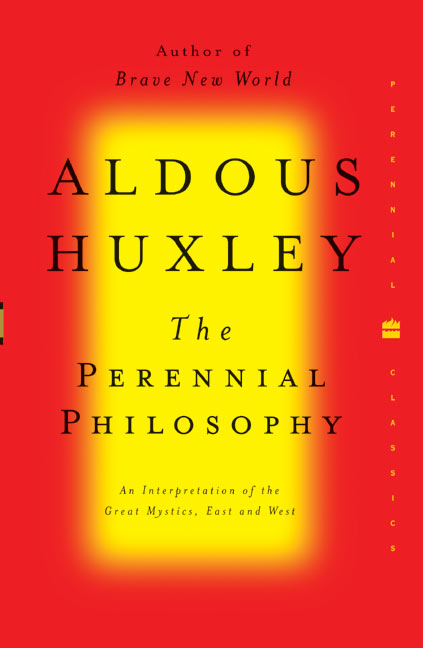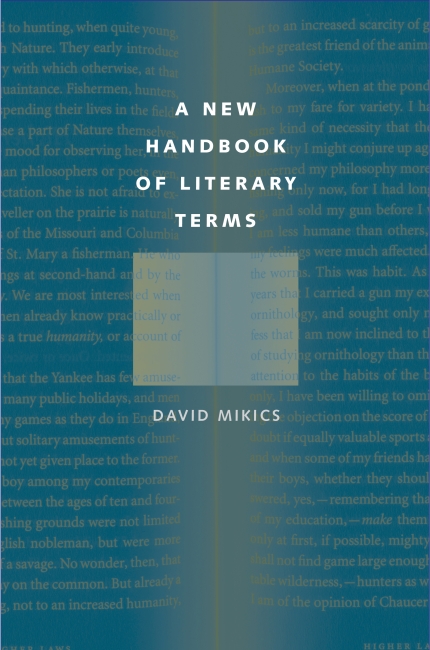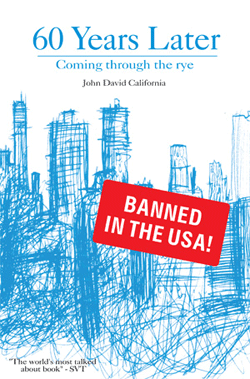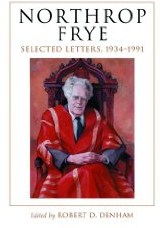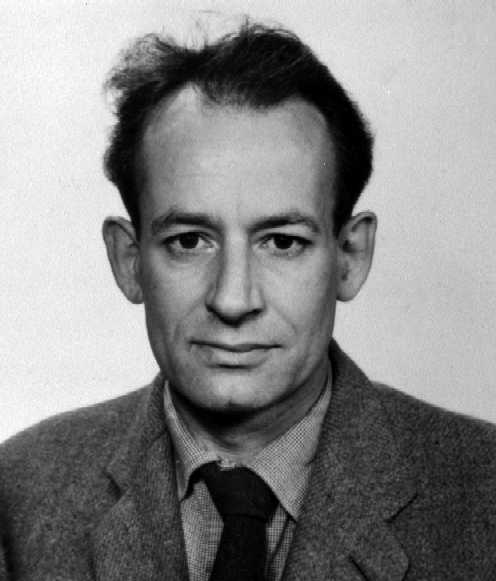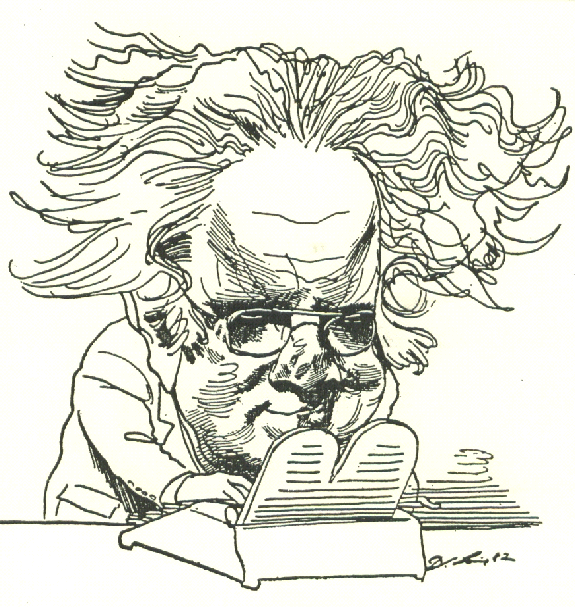Cross-posted in the Robert D. Denham Library
Frye often uses chess as an example of a rule‑governed game or set of arbitrary convention, which he likens to the conventions of literature. But there are more than ninety references to chess scattered throughout his work. A large number of these speculate on chess as an archetype. Then there is the cryptic phrase “chess-in-Bardo,” which Frye associates with the theme of ascent and the world of romance––what he calls the Eros archetype. Solving the “chess-in-Bardo problem,” he writes, “will give some indication of what it means to live in a totally mythical universe” (CW 9, 56). Frye circles around the “problem” throughout his notebooks, associating chess-in-bardo with the agon or contest, with the recognition scenes in Alice in Wonderland, The Tempest, and Finnegans Wake, and with a vision opposite from that of the dice-throw in Mallarmé (the Adonis archetype). Michael Dolzani’s reading of the chess-in-bardo problem focuses on its associations with the agon and the recognition. See his Introduction, in CW 9, liv–lv.
By the time he came to write The Secular Scripture (1976) Frye had caught up with the ignis fatuus that he had been tracking since the 1940s. In that book he provides a clue to the meaning of “chess-in-bardo” in a brief commentary on Alice in Wonderland:
Alice passing through the looking-glass into a reversed world of dream language is also going through a descent. . . . Before long however we realize that the journey is turning upwards, in a direction symbolized by the eighth square of a chessboard, where Alice becomes a Psyche figure, a virginal queen flanked by two older queens, one red and one white, who bully her and set her impossible tasks in the form of nonsensical questions. Cards and dice . . . have a natural connection with themes of descent into a world of fatality; chess and other board games, despite The Waste Land, appear more frequently in romance and in Eros contexts, as The Tempest again reminds us. As Alice begins to move upward out of her submarine mirror world she notes that all the poems she had heard have to do with fish, and as she wakes she reviews the metamorphoses that the figures around her had turned into. (155–6)
Chess-in-bardo, then, involves a dialectic of two opposing forces: agon and anagnorisis, choice and chance, descent and ascent. Neither of the opposite forces can abolish the other, for each has “its own centre” (CW 9, 288), as in the magic of Prospero and its renunciation. Frye says that The Tempest leans in the direction of chess-in-bardo (CW 9, 340). But at the same time, chess-in-bardo appears to be related to reversal, as in the ascent of Alice. “Chess in Bardo? Is it a modulation of dice in Bardo?” Frye asks. “A chess move is a decisive choice that may not abolish chance, but sets up a train of consequences that forces it to retreat into the shadows” (CW 5, 318). Chance may never completely disappear in chess, but each move works toward an eventual reversal. The entry in Notebook 50 following the one just quoted appears to be related: “Perhaps sacrifice is the carrying out of death in reverse, identification through death to union with God–well, obviously it’s that. This identity with death turns into an identity across death” (CW 5, 318). This is another way of describing the movement from death to rebirth in The Tibetan Book of the Dead.
But there are other meanings that attach themselves to chess in Frye’s writings, as can be seen in the passages that follow.

